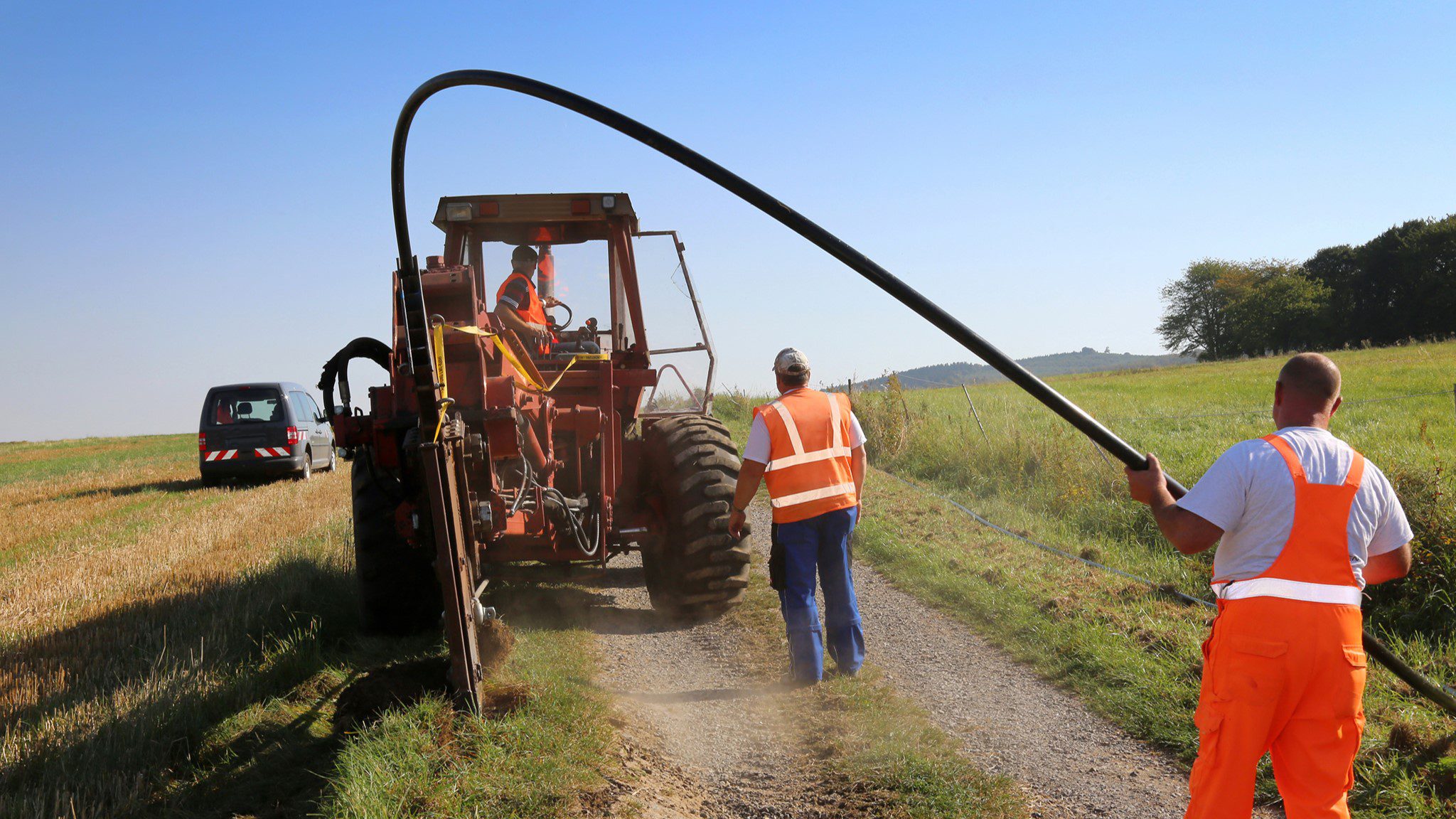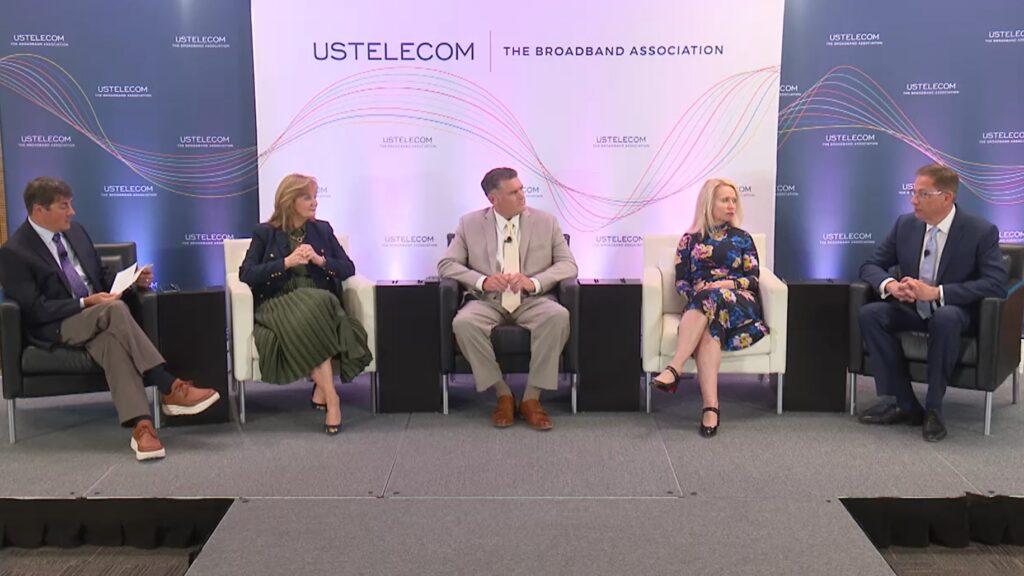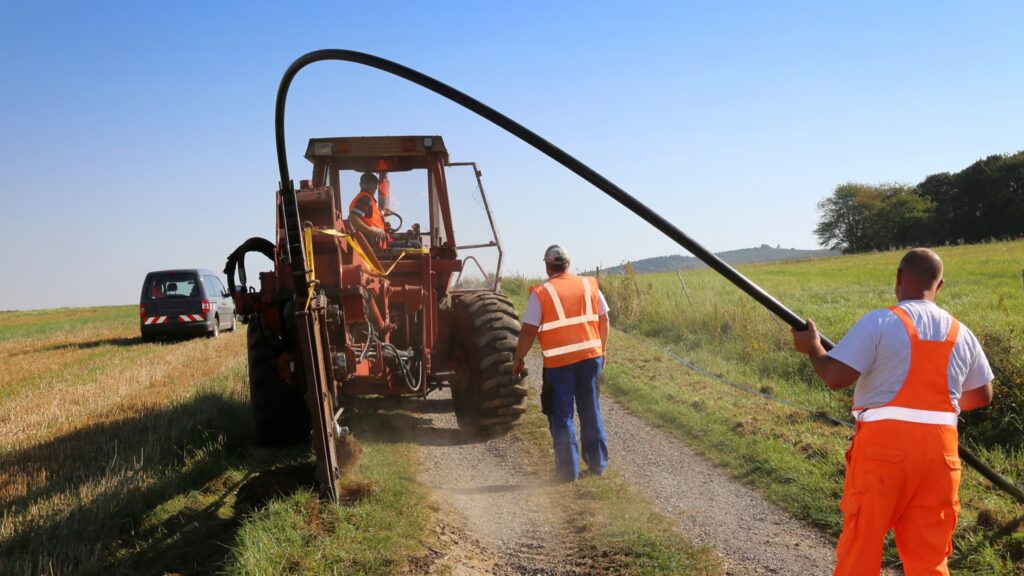FCC Measuring How Long State/Local Permitting Delays Broadband Projects
Randy Sukow
|

Sometimes, although there isn’t agreement over how often, state and local regulations stand in the way of broadband network construction projects. The true depth of the problem changes state by state. The FCC took the first step toward speeding up the permitting process by opening a Notice of Inquiry to document exactly how serious the delays have been.
“Too often [launching wireline broadband projects] requires obtaining permits and approvals from multiple different jurisdictions with different timelines, with different personnel, with different requirements, all of which can increase costs, slow deployment, and discourage the private investment we need to end the digital divide,” Chairman Brendan Carr said during the FCC’s monthly meeting today.
Specifically, the Commission is seeking information on the time it takes providers to win rights of way to build networks and the cost of the fees state and local governments charge to get those rights of way.
The Commission rarely seeks conflict with state and local regulations. However, Section 253 of the Communications Act gives the Commission authority to preempt regulations that “have the effect of prohibiting the ability of any entity to provide any interstate or intrastate telecommunications service.”
“I welcome examples of state and local approaches that successfully balance Congress’s objective to foster telecommunication services with the important interests of state and local governments,” said Commissioner Olivia Trusty, referring to upcoming comments on the NOI. “Where the record warrants, however, the Commission should not hesitate to fulfill its responsibility to preempt state and local requirements that conflict with Section 253.”
Carr noted that there is precedent for the Commission to invoke Section 253, including the 2018 Small Cell Order, which the U.S. Court of Appeals for the Ninth Circuit upheld in 2020. “Those reforms worked. Many states and local governments became key partners in the buildout of new 5G infrastructure,” Carr said. “Thanks to all this investment and deployment, U.S. networks handled more wireless data traffic in 2023 than they did from 2010 to 2018 combined.”


